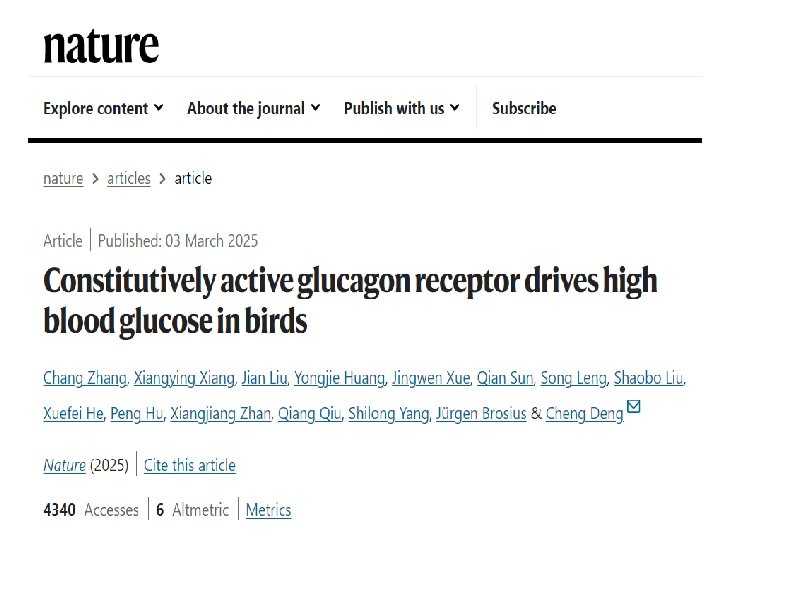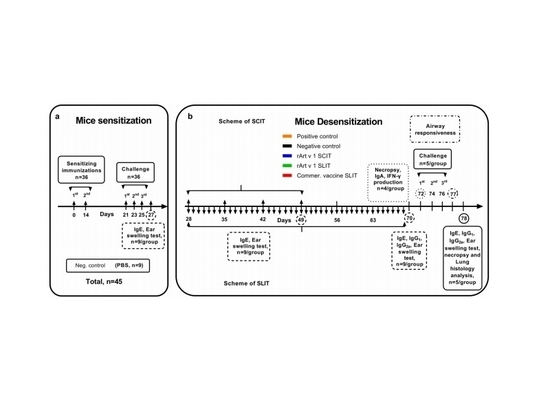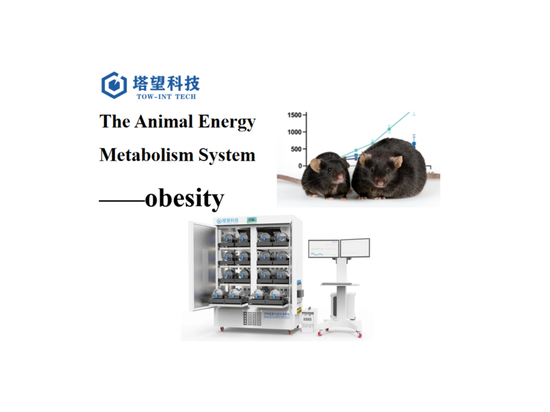
#Industry News
[Nature] Congratulations to Professor Deng Cheng’s Team at the West China Hospital for Groundbreaking Research Achievements
Nature: hyperglycemia explained by constitutive GCGR activation.
Blood glucose, the body's primary energy source, plays a critical role in overall health and metabolic homeostasis. Its regulation is primarily governed by the glucagon receptor (GCGR) family, which is highly conserved in vertebrates. However, birds exhibit relatively higher blood glucose levels compared to other vertebrates—a phenomenon that has remained unexplained for over a century.
On March 3, a groundbreaking study led by Professor Deng Cheng’s team at the Plateau Medical Center of West China Hospital, Sichuan University, was published online in Nature under the title "Constitutively active glucagon receptor drives high blood glucose in birds." This research, combining molecular evolution and physiological adaptation perspectives, proposes an innovative "perpetual motion" molecular model for avian GCGR. The study reveals that constitutively active GCGR underpins the physiological adaptations in avian glucose, lipid, and energy metabolism. These findings not only elucidate the core regulatory role of GCGR in metabolic homeostasis but also provide theoretical foundations and potential therapeutic targets for diabetes, obesity, and metabolic liver diseases. The co-first authors are Zhang Chang and Xiang Xiangying, PhD candidates at West China Hospital, with Professor Deng Cheng as the corresponding author.
Molecular Evolution Analysis and Screening of Constitutively Active GCGR Family Receptors
Through extensive molecular evolutionary analysis and constitutive activity screening of GCGR family receptors across vertebrates, the study identified that avian GCGR exhibits high constitutive activity and is abundantly expressed in liver tissue. This "molecular perpetual motion" model successfully explains the unique physiological phenomenon of disrupted metabolic homeostasis in birds.
Cross-Species Research Strategy
The team employed an integrative approach, combining molecular evolution analysis, gene editing, and validation across multiple species (zebrafish, bearded dragons, leopard geckos, budgerigars, chickens, white-rumped munias, and mice), to build a robust evidence chain:
Evolutionary Insight: Birds and Agamidae lizards independently evolved liver-specific high-expression of active GCGR.
Experimental Validation: Cellular and in vivo experiments (using AAV and gene editing) confirmed that overexpression or inhibition of constitutively active GCGR alters basal blood glucose levels across diverse vertebrates.
Human Relevance: A natural mutation site (hsGCGRH339R) in the third intracellular loop (ICL3) of human GCGR was identified, exhibiting weak constitutive activity.
Mouse Model: Liver-specific overexpression of active GCGR in gene-edited mice induced hyperglycemia and weight loss.
Evolutionary Significance
The study proposes a novel evolutionary adaptation theory: During flight evolution, birds developed an "energy reservoir" via constitutively active GCGR, maintaining elevated basal blood glucose levels. This metabolic strategy supports instantaneous energy demands during flight bursts and enables environmental adaptation through migratory behaviors, reflecting the "function-first" molecular regulatory wisdom in biological evolution.
Clinical Implications
The findings open new avenues for metabolic disease therapies:
Highlights GCGR’s central role in glucose-lipid metabolism.
Identifies key structural domains regulating receptor constitutive activity.
Discovers a natural human GCGR mutation site, offering a novel target for personalized diabetes treatment.
Provides a theoretical framework for interventions in obesity, non-alcoholic fatty liver disease, and other metabolic disorders.
Tow-Int Tech’s Energy Metabolism Detection Systems
As life science research advances, experimental methodologies must evolve. Tawang Technology specializes in developing energy metabolism detection systems for laboratory animals and humans. Our devices simultaneously measure parameters such as oxygen consumption, CO₂ production, respiratory exchange ratio (RER), food/water intake, weight, activity levels, and behavioral analyses. Widely applied in aging, metabolic phenotyping, exercise physiology, obesity, and nutrition research, we are committed to advancing scientific discovery and human health.
References:
[1] Zhang C, Xiang X, Liu J, et al. Constitutively active glucagon receptor drives high blood glucose in birds[J]. Nature, 2025: 1-3.
Contact us now!
We are committed to making your research easier, more accurate, and more efficient and helping you build confidence in your data! We have provided services for a large number of customers and have rich experiences in offering customized, professional solutions according to your needs.





